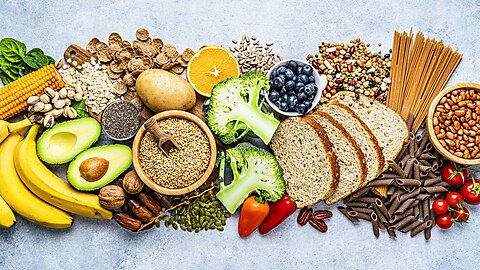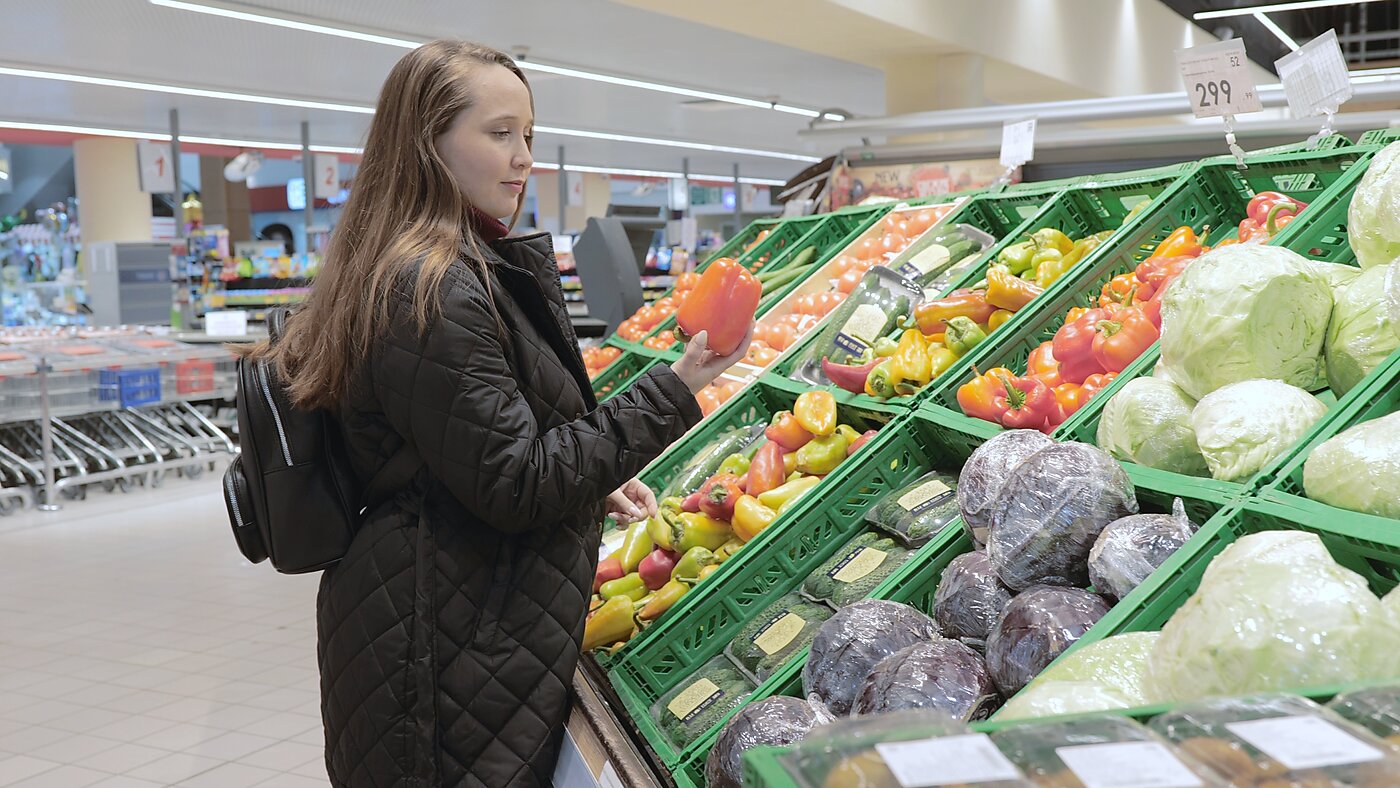Philip G. Hoxie
When it comes to trade, other countries are quite literally sending us their best. As I discussed in my recent essay, the costs of shipping goods from country to country means that higher value goods from more productive firms are more likely to be traded. This is called selection into trade, an idea pioneered by economist Mark Melitz.
Selection into trade arises because when a good is traded from an exporting country to an importing country, the consumer in the importing country pays both the cost of producing the good plus the cost of transporting the good. If producing firms in the exporting country have differing productivities, then it is the firms that can produce a good the most efficiently that will trade because their products can compete in the destination countries even after paying the transportation costs.
In terms of agriculture, this means that the US tends to export crops that benefit from the scale economies enjoyed by US farms, such as soybeans, corn, and cotton. However, the US imports crops that farms in other countries have a productivity advantage in producing. Some examples include avocados, off-season fruit, and coffee.
Moreover, as the US gets richer it can buy more specialty products that other countries produce better, such as scotch from the United Kingdom or tequila from Mexico. The US can make whiskey and tequila, but distilleries in both the UK and Mexico produce more efficiently than US distilleries. This means that, at the same quality, a bottle of tequila produced in Mexico will be cheaper than a bottle produced in the US before transportation costs. When the bottle of alcohol is purchased in the US, the total price will include the transportation and production costs, and it will be competitive with similar quality US products (side-stepping the issue of what can be called “scotch”).
Much has been made of a recent decrease in the trade balance in agriculture, with a roughly $10 billion deficit appearing in the data starting around 2022. I show the trade deficit since 2000 in Figure 1. First, the US ran about a $24 billion deficit in liquor, beer, wine, and tobacco products in 2022, and removing alcoholic and tobacco products shows a decrease in the trade surplus for non-alcoholic products since 2016, but a deficit doesn’t arise.[1]
Second, when we dig into the changes by product since 2016, we can see that crops the US has an advantage in producing, such as soybeans, corn, cotton, and wheat, have seen their trade surpluses increase the most in absolute terms. I plot the changes in the trade balance (exports – imports) for each product group in 2016 on the horizontal axis and 2022 on the vertical axis in Figure 2. For convenience, I show the equality line as well. We can see that the US has continued to specialize, with by-product surpluses and deficits both increasing over the period.
Trade deficits by themselves are not first-order policy concerns. As several people have rightfully noted, I want to run a trade deficit with my grocery store. This allows me to spend my time working on other pursuits instead of gardening and animal husbandry, which matches my skillset better. Rather, deficits in specific products reflect tastes, incomes, and productivity differences across producers in various countries. Moreover, aggregate trade deficits reflect larger structural factors, such as the federal budget deficit and household savings.

